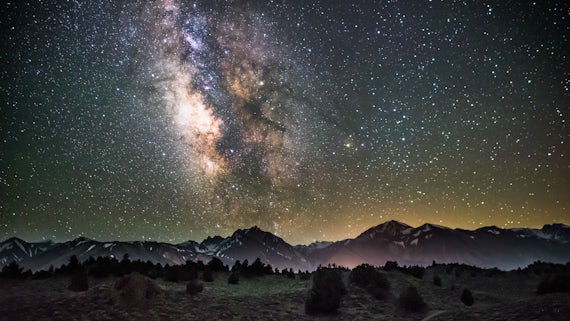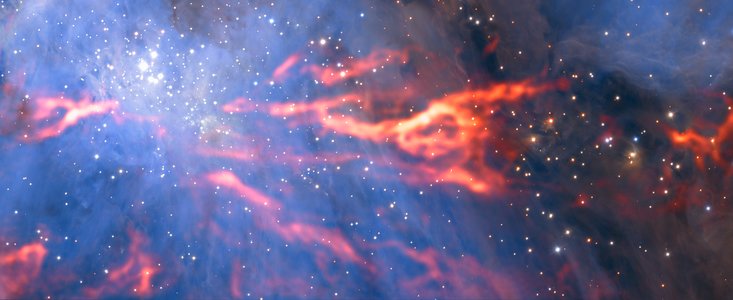
The birth of stars from dense clouds of gas and dust may be happening in a completely unexpected way in our own galaxy and elsewhere.
New findings reveal surprising distribution of star-forming cores outside of our galaxy. The birth of stars from dense clouds of gas and dust may be happening in a completely unexpected way in our own galaxy and beyond. This is according to an international team, including scientists from Cardiff University, who have found that long-held assumptions about the relationship between the mass of star-forming clouds of dust and gas and the eventual mass of the star itself may not be as straightforward as we think.
The underlying reasons as to why a star eventually grows to a specific mass has puzzled scientists for some time...
Read More









Recent Comments